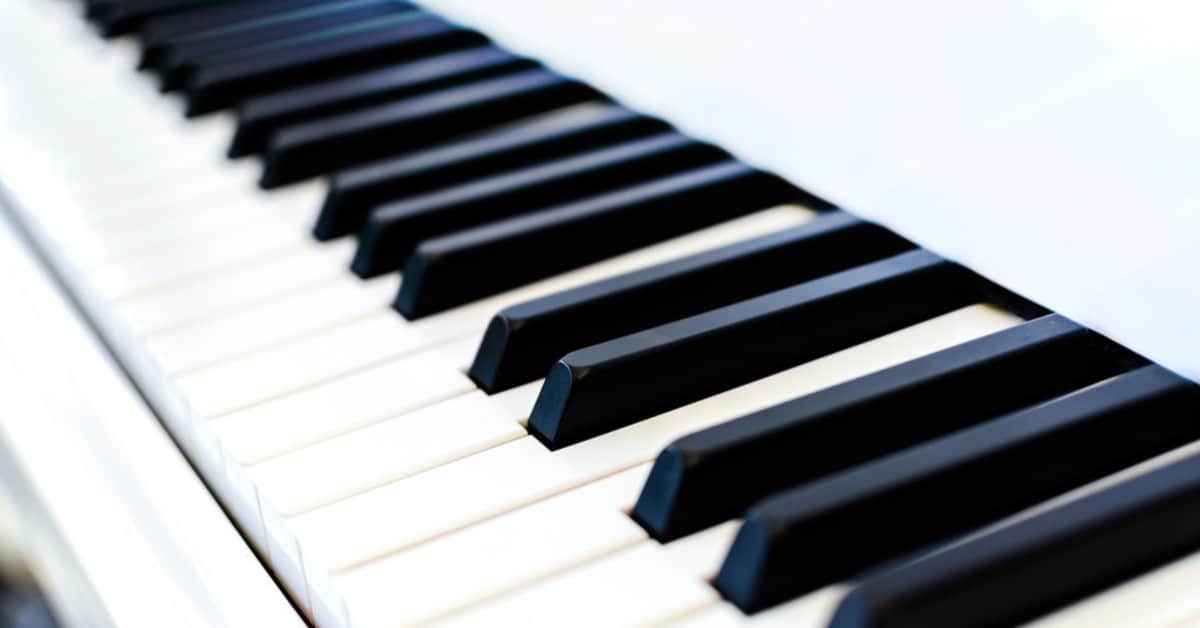The MP7 accurately reproduces the sound of Kawai’s highly regarded hand-built concert grand piano, with all 88 keys painstakingly recorded, examined, and recreated utilizing proprietary Harmonic ImagingTM XL technology.
The Kawai MP7SE, on the other hand, features industry-leading action, hundreds of great tunes, and outstanding total control. There is one platform that assures success when it comes to putting on a spectacular live event.
Kawai MP7
A piano with a class-leading action, hundreds of amazing noises, and outstanding real-time control. There is one board that assures success when it comes to excellent live performance. It’s also a versatile, all-in-one stage piano for artists who can do it all.
The MP7 also comes with a wide range of antique electric piano sounds, each with its individual qualities. Pass the signal through a range of classic effects stompboxes before plugging into one of the five classic amp and speaker cabinets to enjoy their genuine, organic sound.
Pros of Kawai MP7
- Attractive, one-of-a-kind design. Storage capacity is large.
- There are several acoustic settings available.
- Authentic key sensation, with three key sensors built-in.
- Because it is lightweight, it is extremely portable.
- A reasonable price
Cons of Kawai MP7
- The user interface is a little confusing.
- Setting the desired voice choices takes some time.
- When playing live, some settings may be difficult to locate.
- Some of the preset sounds don’t perform to their full potential.
Kawai MP7SE
The Kawai MP7SE digital piano offers a great sound, a great touch, and a lot of control choices, so you can put on a great live show. Its best-in-class Responsive Hammer III keys precisely reproduce the natural movement and sensation of an acoustic piano.
Its powerful audio processor offers a wide range of high-resolution effects. Four independently programmable zones enable for simultaneous control of internal sounds and external MIDI devices, as well as keyboard divisions and mixing through fader manipulation.
Pros of Kawai MP7SE
- Four separate zones, assignable effects, and an intuitive panel
- With drawbars, percussion, and C/V, this is an authentic Tonewheel organ simulation.
- Virtual Technician and sound editing settings are available in a wide range of options.
| Kawai MP7 | Kawai MP7SE | |
| INPUTS | 1/4″ L/MONO, R [unbalanced] | 1/4″ L/MONO, R |
| OUTPUTS | 1/4″ L/MONO, R [unbalanced] | 1/4″ L/MONO, R |
| CONTROLS | • Responsive Hammer Action II with 3 sensors per key • Let-Off simulation • IvoryTouch surface | • Ivory Touch white key surfaces • Let-off simulation • Counterweights • Triple sensor key detection |
| CONNECTION TYPE | • MIDI IN • MIDI OUT • MIDI THRU | • MIDI IN • MIDI OUT • MIDI THRU |
| MONITORING | ||
| COMPATIBILITY | • Windows • Mac | • Windows • Mac |
| SIZE | • Width 135.5 cm • Depth 34 cm • Height 17.5 cm (not including music rest) | • Width: 136 cm (53 1/4″) • Depth: 34 cm (13 1/3″) • Height: 17 cm (6 3/4″) [music rest detached] |
| WEIGHT | 21 kg | 22.5 kg (49 2/3 lbs.) |
| INCLUDED APPS | ||
| WARRANTY | Free 2-Year Warranty | Free 2-Year Warranty |
Comparison
Both pianos are top-of-the-line models. They are today’s most useful and finest pianos for all musicians. But the difference between them is that the MP7 has a variety of vintage electric piano sounds, each with its own distinct attributes.
On the contrary, MP7SE has four independently programmable zones that allow for simultaneous control of internal sounds and external MIDI devices, as well as keyboard divisions and mixing through fader manipulation.


